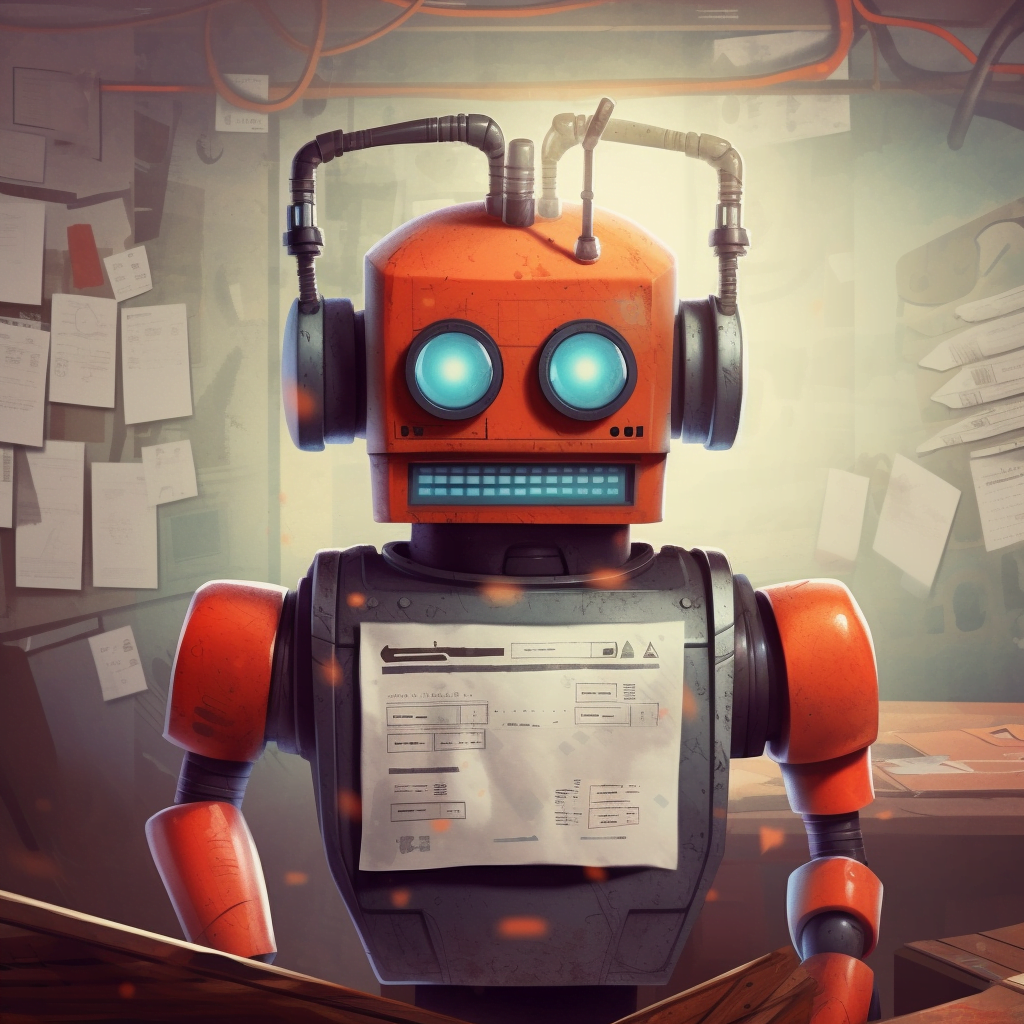
Auto-GPT is an AI agent that achieves goals automatically by breaking them down into sub-tasks with natural language and web integration, using OpenAI’s GPT-4 or GPT-3.5 APIs.
In a world filled with smart gadgets and cutting-edge technology, sometimes it feels like we’re living in a sci-fi movie. Well, buckle up, because Auto-GPT is here to add another thrilling twist to the plot! Imagine having a super-smart assistant that not only knows what needs to be done but also figures out how to do it all by itself.
That’s Auto-GPT: a brainy AI buddy that can take a list of tasks and create its own prompts to finish the job like a pro.
From trending on Twitter to causing quite the buzz, Auto-GPT is revolutionizing how people interact with AI. So with that being said, let’s explore what Auto-GPT is, how it works, and the fascinating possibilities it unlocks.
Understanding Auto-GPT and How it Works
Auto-GPT is an experimental open-source application that serves as an interface to GPT-4 and GPT-3.5. It enables users to provide a list of tasks for the AI to complete, and Auto-GPT takes care of the rest. It can even gather external data if needed by connecting to the internet, self-evaluate, and verify the accuracy of the collected data.
How Does Auto-GPT Work?
Auto-GPT is powered by ChatGPT, which allows it to create independent prompts to plan and complete tasks. If it encounters difficulties, it generates new prompts to proceed. This self-prompting capability eliminates the need for detailed prompts and simply requires a set of goals for a task.
Auto-GPT breaks down tasks into sub-tasks and manages memory for both short and long-term storage. Key features of Auto-GPT include:
- Internet access for searches and information gathering
- Accesses popular websites and platforms
- Long-Term and Short-Term memory management
- File storage and summarization with GPT-3.5
- GPT-4 instances for text generation
What Do You Need to Make Auto-GPT Work?
To use Auto-GPT, you simply need:
- An environment to run the program (options include VSCode + devcontainer, Docker, or Python 3.10 or later)
- An OpenAI API key, which has to be approved and sent to you by OpenAI. You can apply after signing up on their platform.
What’s the Tech Behind Auto-GPT?
Auto-GPT is considered an autonomous AI agent due to its ability to self-generate prompts and complete tasks without continuous human interaction. It is part of a new wave of experimental AI technologies that are more capable of handling complex, multi-step tasks.
Current AI applications, also known as weak or narrow AI, are designed to carry out very specific or limited tasks. In contrast, strong AI or artificial general intelligence (AGI) can perform a wide variety of tasks, much like a human being.
Auto-GPT attempts to bridge the gap between weak and strong AI by autonomously creating its own prompts and breaking tasks into sub-tasks, allowing it to handle more complex procedures.
Applications of Auto-GPT and AI Agents
Auto-GPT has a range of potential applications:
- Developing software applications from start to finish
- Assisting businesses in improving processes and increasing net worth
- Conducting market research or finding specific products
- Self-improvement and updating its own code
While Auto-GPT and similar AI agents are promising, they may also magnify existing issues with generative AI, such as output accuracy, intellectual property rights, and potential for spreading biased or harmful content.
Getting Started with Auto-GPT
To get started with Auto-GPT, follow these steps:
- Visit the official GitHub page for Auto-GPT and follow the instructions for installation.
- Obtain an OpenAI API key by creating a paid account at OpenAI.
- Set up an environment to run Auto-GPT using one of the available options (VSCode + devcontainer, Docker, or Python 3.10 or later).
- Start using Auto-GPT by providing a list of tasks and letting the AI agent handle the rest.
Features and Demos of Auto-GPT
Some key features of Auto-GPT include:
- File access, storage, and summarization with GPT-3.5
- Memory management
- GPT-4 instances for text generation
- Internet access for information gathering
Check out these demos to see Auto-GPT in action:
Various Use Cases and Examples for Auto-GPT
Auto-GPT can be used for a wide range of tasks. Here are some examples:
- Using Auto-GPT in your browser
- Multiple use cases
- Creating a to-do list that does itself
- Research for articles or essays
- Design a web-page
- Coding on your iPhone
- Analyzing the market for online learning simulations
- Developing an app
By exploring these examples and following the setup instructions, you can begin harnessing the power of Auto-GPT for your own projects and tasks.
Potential Future Developments for Auto-GPT
Some possible future developments in AI agents like Auto-GPT include:
- Natural language understanding: Improved natural language understanding will allow AI agents to better grasp the nuances and context of human communication, leading to more accurate and relevant results.
- Real-time collaboration: AI agents may be able to work with humans in real-time, providing instantaneous support and guidance on various tasks.
- Integration with other AI technologies: AI agents could potentially be integrated with other AI technologies, such as computer vision, to create multi-modal AI systems capable of solving a wider range of problems.
- Adaptive learning: AI agents might learn to adapt their behavior based on user preferences and needs, improving their performance over time and providing more personalized assistance.
- Ethical considerations: As AI agents become more autonomous, the development of ethical guidelines and standards for their use will become increasingly important.
Challenges and Limitations
While the future of AI agents like Auto-GPT is promising, there are also challenges and limitations to consider:
- Data privacy and security: Ensuring the privacy and security of user data is paramount, especially as AI agents gain access to sensitive information.
- Bias and fairness: AI agents must be designed to minimize bias and promote fairness, as they have the potential to perpetuate existing biases and injustices.
- Regulation and oversight: As AI agents become more autonomous, the need for regulation and oversight will grow to ensure they are used responsibly and ethically.
- System reliability: Ensuring the reliability of AI agents and their outputs is crucial, as users will need to trust the information and recommendations provided by these systems.
Wrapping It Up
Auto-GPT is an innovative AI agent that is bridging the gap between weak and strong AI by autonomously generating prompts and breaking down tasks into sub-tasks. While it holds great promise for a range of applications, it also magnifies existing challenges with generative AI. As we continue to develop and improve AI agents like Auto-GPT, addressing ethical considerations, data privacy, and system reliability will be crucial to ensure their responsible and effective use.




